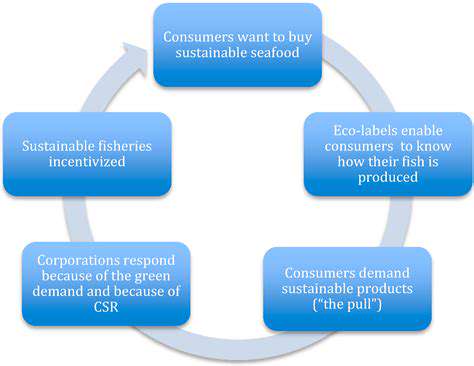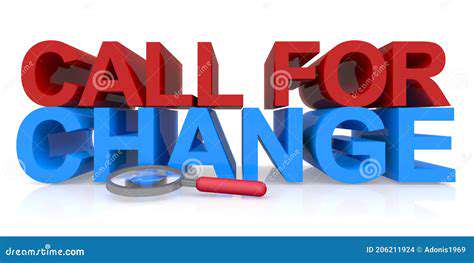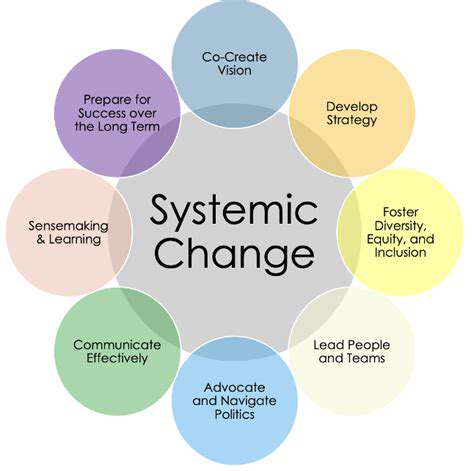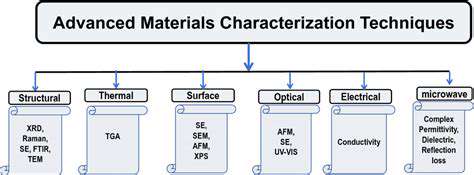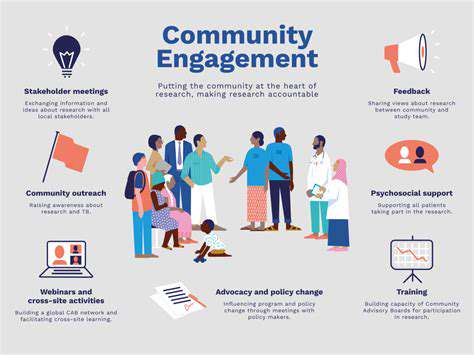The Psychology of Product Ownership vs Access
Understanding Ownership
When we talk about ownership, we're discussing something far deeper than mere possession. It's about forging a profound bond with an object, idea, or relationship. True ownership carries with it a sense of stewardship - a responsibility for nurturing and protecting what we claim as our own. This emotional investment transforms simple possession into something more meaningful, creating psychological ties that influence how we interact with our world.
This connection manifests in tangible ways. People who feel genuine ownership often experience pride in their possessions or accomplishments. They develop a personal stake in outcomes, which drives them to invest more time and energy. This isn't just about having things; it's about how those things become extensions of ourselves.
The Psychology of Ownership
Why do humans develop such strong attachments to possessions? Psychological research reveals fascinating insights. Our brains create neural connections between objects and our sense of self. When we own something, we literally incorporate it into our identity. This explains why losing possessions can feel like losing part of ourselves.
The endowment effect demonstrates this phenomenon clearly - we value things more simply because we own them. This cognitive bias shows how deeply ownership affects our perception of value. Ownership changes not just what we have, but how we see ourselves in relation to the world.
Defining Access
Access represents a fundamentally different relationship. It's transactional rather than transformational. Consider public transportation versus owning a car. Both get you places, but only one creates that deep personal connection. Access provides utility without responsibility, convenience without commitment.
Modern subscription models highlight this distinction. We pay for access to music libraries, software, or streaming content without developing the same psychological bonds as we do with physical possessions. This shift has profound implications for consumer behavior and environmental sustainability.
The Impact of Ownership on Motivation
Ownership's power to motivate stems from its ability to create personal stakes. When people feel true ownership, their engagement levels skyrocket. They become willing to invest extra effort because they perceive their work as an extension of themselves.
This principle explains why employee stock ownership plans often boost productivity. Workers aren't just completing tasks; they're building something they partially own. The same dynamic appears in creative fields where artists invest countless hours perfecting their craft - it's not just work, it's personal.
Ownership and Identity
Our possessions often serve as mirrors reflecting our identities. The clothes we wear, the cars we drive, even the books on our shelves communicate something about who we are. This symbolic function makes ownership deeply personal.
Consider how people react when their possessions are criticized. The defensive response reveals how closely we tie objects to self-image. This connection explains why certain purchases feel so meaningful - they're not just acquisitions, but affirmations of identity.
Access and Efficiency
While access lacks ownership's emotional depth, it offers distinct advantages. Shared resources reduce waste and lower costs. Why own a drill used twice yearly when you can borrow one? Access models promote sustainability by maximizing utility while minimizing consumption.
This efficiency makes access ideal for temporary needs or expensive items. The rise of sharing economies demonstrates how access can sometimes surpass ownership in practical value, especially in urban environments where space constraints make ownership burdensome.
The Role of Perceived Control
Control sits at ownership's heart. When we own something, we believe we dictate its fate. This perception, whether accurate or not, creates psychological comfort. The illusion of control satisfies a fundamental human need for agency.
Access relationships typically offer less control. Renting an apartment means living with someone else's rules. Streaming services can remove content without consultation. This lack of control explains why access often feels less satisfying than ownership, even when more practical.
The Psychological Drivers of Ownership
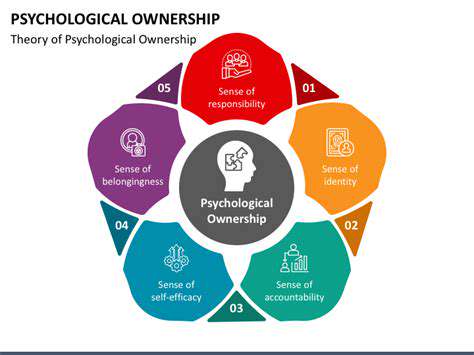
The Role of Identity
Our possessions serve as personal billboards. They silently communicate our values, achievements, and aspirations to the world. This signaling function explains why people invest in visible status symbols - they're not just buying products, they're purchasing identity markers.
Luxury goods exemplify this phenomenon. A designer handbag often represents more than storage capacity - it's a carefully chosen symbol of taste and success. These identity investments explain why people willingly pay premium prices for items that offer little functional advantage over cheaper alternatives.
The Pursuit of Control and Security
In uncertain times, ownership provides psychological ballast. Owning a home offers more than shelter - it represents stability in a chaotic world. This emotional security explains why people cling to possessions during personal crises.
The pandemic highlighted this dynamic. As external uncertainties mounted, many sought comfort in tangible possessions - baking bread in owned kitchens, tending owned gardens. These activities provided psychological grounding when other anchors disappeared.
The Influence of Nostalgia and Memories
Objects become time machines. A grandmother's recipe book isn't just paper and ink - it's a portal to childhood kitchens. These emotional connections transform ordinary items into priceless treasures.
This explains why people keep seemingly worthless objects for decades. The frayed concert ticket isn't about admission - it's about preserving a magical night. Museums understand this power, which is why personal artifacts often move us more than historical facts.
The Impact of Social Influence
Ownership decisions rarely occur in social vacuums. We constantly negotiate between personal taste and group expectations. Teen fashion trends demonstrate this tension perfectly - the desire to stand out while still fitting in.
Social media amplifies these dynamics. Instagram-worthy purchases often prioritize photographic appeal over practical utility. This performative aspect of ownership has existed for centuries but reaches new intensity in the digital age.
The Role of Scarcity and Exclusivity
Scarcity triggers primal psychological responses. Limited edition items activate our fear of missing out, creating irrational desires. This explains why people queue for hours to purchase items they don't need - it's not about the product, but the privilege of ownership.
Luxury brands master this art. By carefully controlling supply, they transform ordinary goods into coveted trophies. The psychology works even when the scarcity is artificial - our brains respond to perceived rarity regardless of reality.
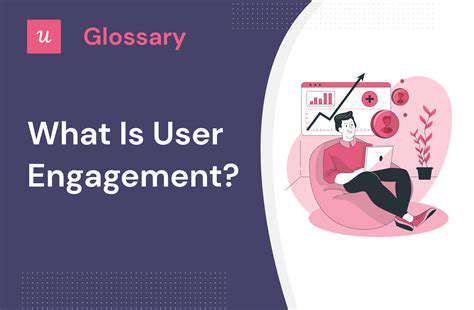
Bridging the Gap: Fostering Collaboration
Understanding the Psychology of Product Ownership
Effective product development requires understanding human nature. Successful teams recognize that behind every technical challenge lies human complexity - egos, insecurities, and competing motivations. The best product owners navigate these waters with emotional intelligence rather than just technical expertise.
Cognitive biases constantly threaten objective decision-making. Confirmation bias leads teams to favor supporting evidence while dismissing contradictory data. The sunk cost fallacy makes abandoning failing projects difficult. Recognizing these mental traps separates good product owners from great ones.
The Role of Collaboration in Product Success
Great products emerge from ecosystems, not silos. The magic happens when engineers understand user pain points, when designers grasp technical constraints, when marketers appreciate development timelines. Breaking down these barriers requires intentional effort.
Regular cross-functional meetings help, but true collaboration runs deeper. It's about creating psychological safety where team members feel comfortable voicing concerns without fear. It's about establishing processes that surface diverse perspectives before decisions crystalize.
Overcoming Challenges in Product Ownership
Product development resembles whitewater rafting - unpredictable with constant course corrections. The best leaders balance flexibility with vision, adapting tactics while holding true to core objectives.
When conflicts arise (as they inevitably do), skilled product owners focus on interests rather than positions. They ask why until uncovering root concerns, then craft solutions addressing multiple needs simultaneously. This approach transforms win-lose scenarios into win-win opportunities.
The Role of Organizational Culture in Shaping Product Development
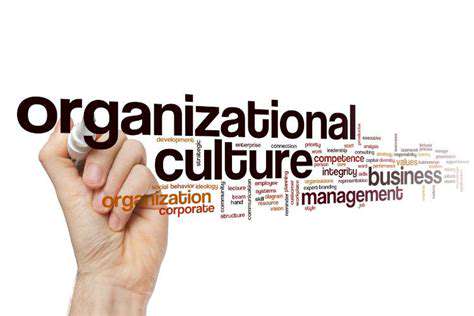
Defining Organizational Culture
Organizational culture operates like an invisible hand guiding behavior. It's the unspoken rules determining what gets celebrated versus what gets quietly discouraged. Culture isn't what leadership says matters - it's what actually gets rewarded in daily practice.
This explains why culture change proves so challenging. Updating mission statements is easy; altering decades of ingrained behaviors requires consistent modeling from the top down. Employees watch leaders' actions far more closely than their words.
Cultivating a Positive Organizational Culture
Healthy cultures don't emerge accidentally. They require intentional design and constant maintenance. The most effective cultures balance accountability with psychological safety - high standards within an environment that permits honest mistakes.
Simple practices make surprising differences. Public recognition of collaborative behavior reinforces its value. Transparent decision-making processes build trust. Even physical workspace design influences cultural norms by encouraging or discouraging certain interactions.
Ultimately, culture represents an organization's immune system. Strong cultures reject toxic behaviors while welcoming productive dissent. They adapt to new challenges while maintaining core values. This delicate balance explains why few companies sustain excellent cultures long-term, and why those that do outperform their peers.
